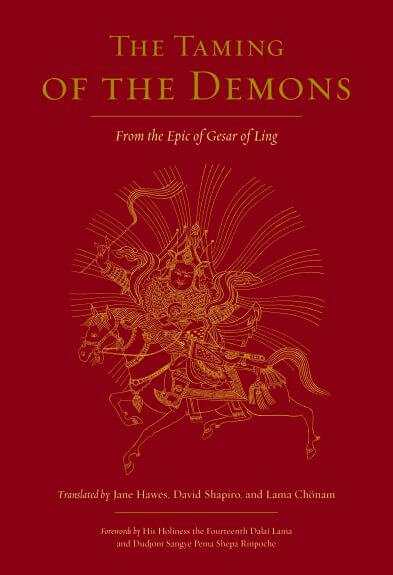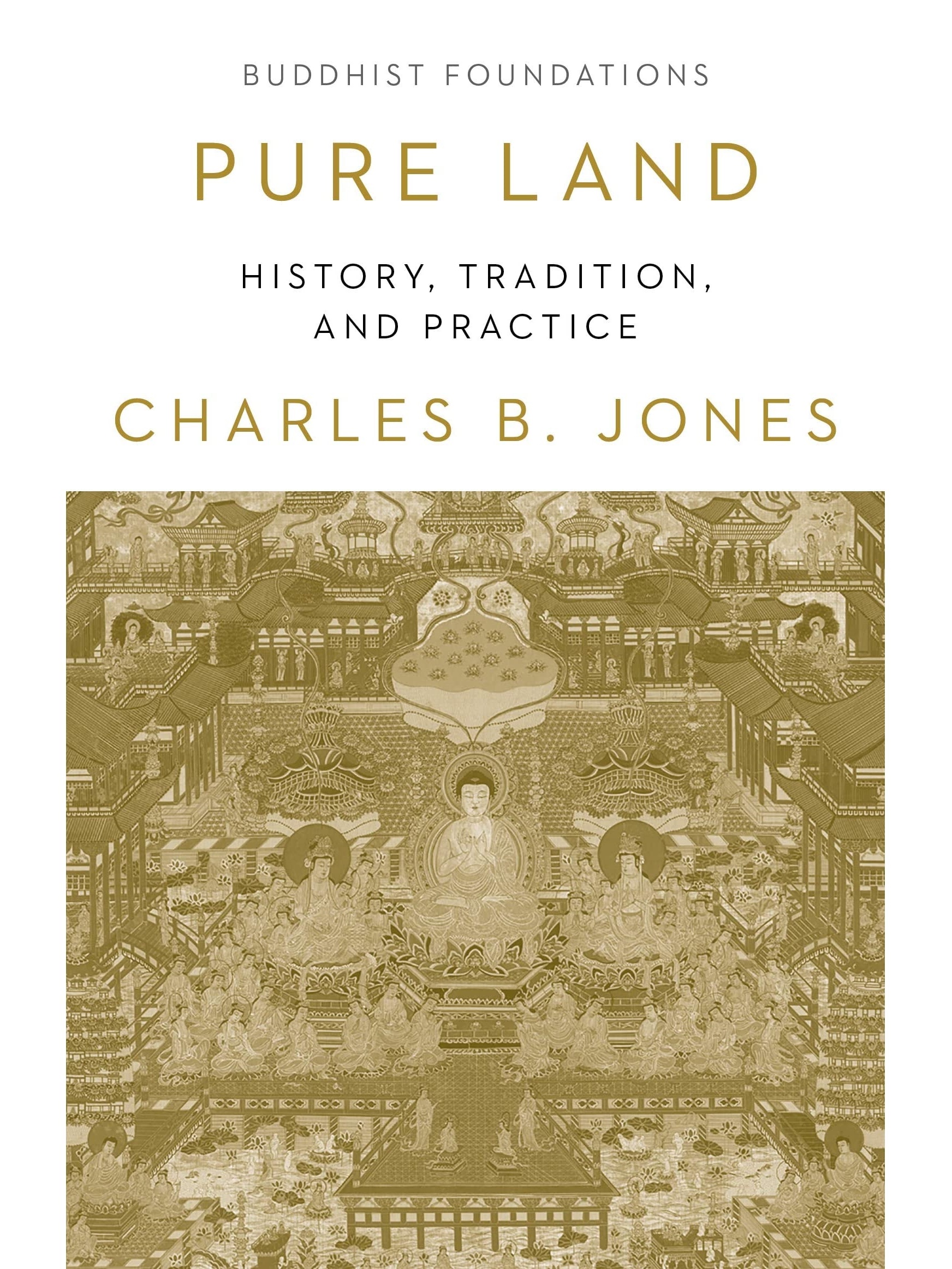These are a couple of the books I’ve been reading, that I recommend, and which I’m reviewing or have recently reviewed.
The Taming of the Demons: From the Epic of Gesar of Ling (2021)

This monumental translation from Shambhala is actually of the fourth section of the Epic of Gesar of Ling, hence the title: The Taming of the Demons: From the Epic of Gesar of Ling. Three translators, Jane Hawes, David Shapiro, and Lama Chönam, worked on this volume, with the assistance of many veteran scholars such as George FitzHerbert, Samten Karmay, Geoffrey Samuel, and Timothy Thurston, and the support of Buddhist leaders such as Sangye Khandro. The Epic of Gesar of Ling tells the story of Gesar, who is the ultimate Buddhist warrior-king with a Tibetan twist and a quintessentially Central Eurasian flavor. For centuries, Gesar’s tale was an oral work, passed down by bards until it splintered into multiple national versions, including the Persian, Indian, Mongolian, Ladakhi, Chinese, and Golok—between the Amdo and Kham—versions. There is no canonical version.
The Mongolian was probably the earliest written recension, recorded in 1716. These variables have affected essential aspects of textual analysis, including a conclusion on exactly how long the story is, as well as the chronology or sequence of events. It is still upheld as perhaps the longest epic in the world, with the approximate length agreed to be 120 volumes and 20 million words.
Pure Land: History, Tradition, and Practice (2021)

Pure Land: History, Tradition, and Practice by Charles B. Jones contextualizes Pure Land in a broader manner, examining its overall contribution to the Buddhist body of thought over nearly two millennia. It also sets about dispelling long-held stereotypes about this Mahayana tradition. There remains much content about Chinese Pure Land development, but further analyzed and unpacked are key periods, figures, and thought currents in India and Japan, the two other major centers of Pure Land philosophy. This book is easily one of the best introductory volumes to the Pure Land tradition at present.


